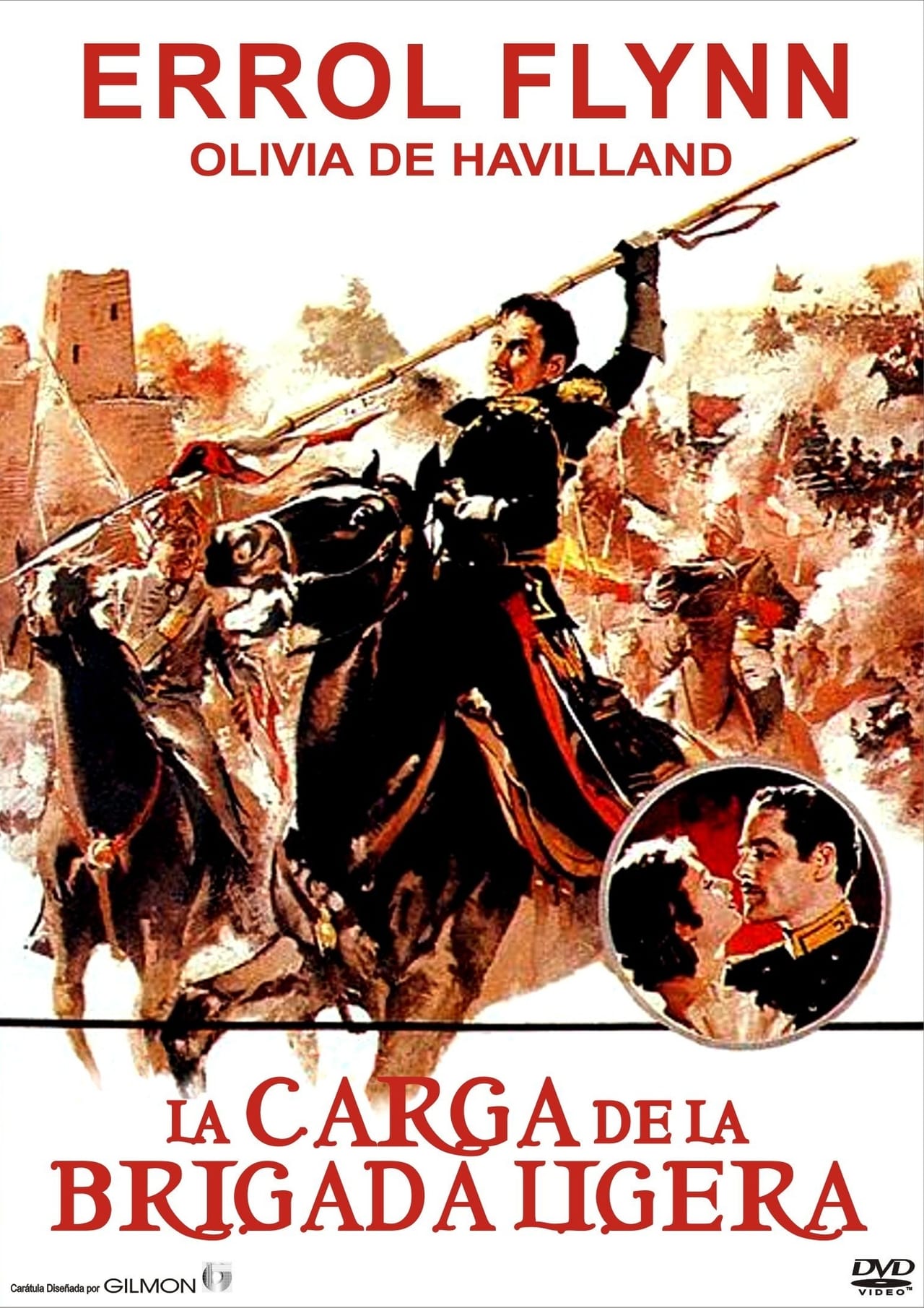
#The charge of the light brigade film drivers#
As the surgeons operated, he moved to a nearby table, pressing a pad on the bleeding wound of a soldier.įor operations near the front line, artillery barrages landed not far away as medical personnel, drivers and guards worked night and day. The bones were smashed, but the blood vessels were intact, said Bohdan, the doctor in charge. There, doctors treat the wounded for shock and to prevent blood loss before sending patients on to better equipped stabilisation points where surgeons can operate or to city hospitals, doctors said.Īt the next medical stage, 40 minutes’ drive away on a potholed road, surgeons pinned broken limbs and fought to save a soldier’s foot from a mine injury. Stabilisation points are set back a few kilometres from the front line for safety and for access to a steady water supply. Photograph: Emile Ducke/The New York Times A stabilisation point was hit in a missile strike one recent night, doctors said.ĭespite the chaos of war, the system holds together well.Ī Ukrainian soldier waiting to be transferred to a hospital at a stabilisation point in the Zaporizhzhia region of Ukraine. The ambulances that transport soldiers to the stabilisation points frequently come under fire as well, and soldiers sometimes have to drag or carry the wounded for several kilometres on foot to a vehicle. A combat medic on the front line quickly administers first aid, but Russian artillery fire is often so intense that sometimes units cannot evacuate the wounded for hours, medics said. The aim is to ensure that each wounded soldier receives a high level of care within as little as 25 minutes of the injury in order to save lives, he said. The system was running at 20 per cent of its capacity, he said. “I can see if they are yellow, green or red,” he said. The patients are colour-coded according to the severity of their wounds. The man who devised the system, Dr Roman Kuziv, the head of the military hospital in the city of Zaporizhzhia, flicked open a screen on his mobile phone to show a database of the case load across the whole Zaporizhzhia front. For security reasons, they were asked not to identify locations or buildings, and to name soldiers only by their call signs.Īs Ukraine prepared new brigades for the counteroffensive, it also set up an extensive medical evacuation system with four lines of care, encompassing 20 city hospitals in the region, an array of stabilisation points and up to 50 medical units attached to the brigades. The Ukrainian military allowed journalists from the New York Times to visit several stabilisation points along 160km of the southern front over the past week. The numbers have been “colossal”, said a medic from the centre where the three men from the 110th Brigade were treated.Įquipped with four operating tables in a long room, the stabilisation point handles the wounded from several brigades involved in the counteroffensive and has been working around the clock for two months. Positioned close to the front lines, the stabilisation points, temporary medical posts where patients are stabilised for onward evacuation, have been receiving a constant inflow of soldiers wounded in the fighting. Units are represented in the game as animated soldier miniatures, allowing you to select and change groups to five different types of line, column and square formations.Doctors treating a Ukrainian soldier at a stabilisation point in the Zaporizhzhia region of Ukraine.



Orders can be given in two modes - 'Unit Mode' where you can give orders to individual units or 'Group Mode', where you can give orders to groups of up to 8 units. You can play either the Allies or the Russians, and choose either a computer opponent or play against another human player. This is a real-time strategy game and the player can change the speed at which the battle progresses. 'The Charge of the Light Brigade' recreates the battle of Balaclava in 1854 during the Crimean War, when 25,000 Russian troops attempted to take control of this strategically important area from the outnumbered allied British, French and Turkish forces.


 0 kommentar(er)
0 kommentar(er)
